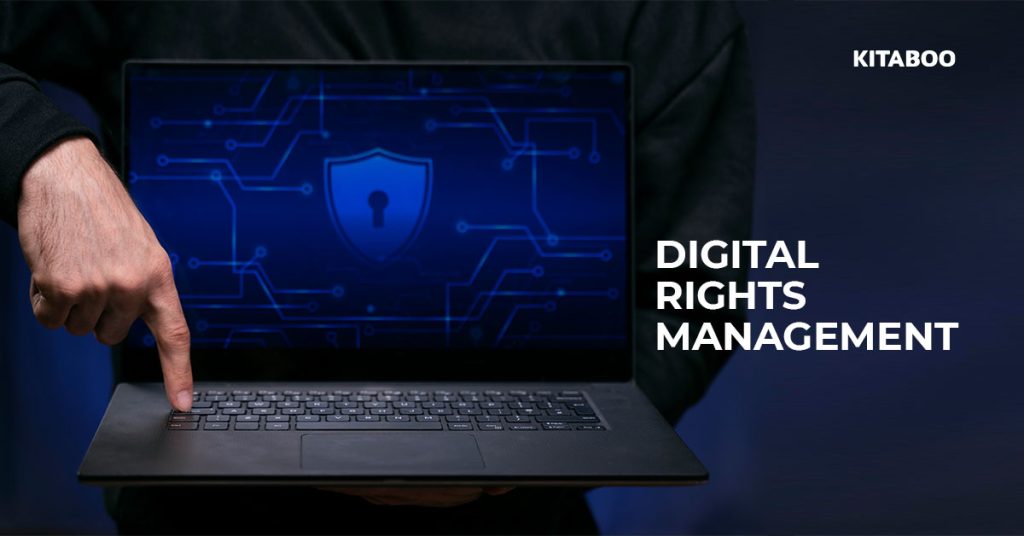
DRM protection for K12 Publishers: A Necessity or a Hindrance to Progress?
Digital Rights Management, also referred to as DRM, is an approach used by publishers to ensure the ethical and legal use of digital content. DRM protection involves the use of a variety of strategies along with technology. These go a long way in helping publishers and content creators protect their intellectual property and generate revenue.
However, with the expansion of the culture of digitality, DRM protection has also garnered some criticism over time. With regard to K12 publishing, it has been criticized for limiting the accessibility and usage of digital content.
In this article, we’ll explore the good and bad of digital rights management in K12 publishing.
Here’s what we’ll cover.
Table of Contents
- An Overview of Digital Rights Management
- An Overview of K12 Publishing
- DRM Protection for K12 Publishers: A Necessity?
- DRM Protection for K12 Publishers: A Hindrance?
An Overview of Digital Rights Management
Digital Rights Management has become increasingly widespread in recent years due to our intensified dependence on the web and usage of digital content.
All kinds of digital content like eBooks, movies, software, and music are protected under digital rights management. Consequently, all of our electronic devices, like smartphones, laptops, computers, reading devices, gaming consoles, etc., can be integrated with DRM protection systems.
When it comes to the publishing industry, DRM plays a very important role as it allows authors and publishers to protect their work.
Piracy has always been a major concern for the publishing industry, due to which publishers and authors incur significant financial losses. With the right DRM systems, authors and publishers can not only protect their work from unauthorized usage but also increase revenue generation. The moment unauthorized usage is stopped, revenue generation automatically goes up.
An Overview of K12 Publishing
K12 publishing refers to the publishing educational content for the K12 segment ( i.e.- students from kindergarten through 12th grade). It encompasses a wide variety of resources like textbooks, workbooks, teacher’s guides and much more.
Along with the other publishing industries, the K12 publishing industry has also changed drastically since the accelerated onset of digitalization post the pandemic. During COVID-19, the need for quality digital K12 content grew drastically as educators were constantly looking for ways to keep students engaged, virtually.
Now that we’ve understood where both industries stand at the moment let’s explore the pros and cons of DRM in K12.
DRM Protection for K12 Publishers: A Necessity?
Here are a few advantages of DRM in K12 publishing.
Extra Protection
Piracy and copyright infringement are widespread diseases in the digital world. While online education provides affordability, availability, and ease of use to learners and educators alike, it also opens up digital content to security breaches.
DRM software adds extra protection to eBooks, documents and other material used in the K12 segment. For example, DRM restricts access to content to unauthorized users. It also protects the content by restricting the ability to copy or reproduce it in any manner.
This also allows K12 publishers to ensure that their content is being used in a controlled and secure manner.
Authentic Content
Apart from those who benefit financially from it, nobody wants students to learn incorrect information. However, with eBooks being easier to edit than physical books, they are prone to more counterfeiting. This is used to pass off modified eBooks as originals.
With strict user controls, DRM protection limits the possibility of unauthentic content and safeguards the reputation of K12 publishers as well.
Revenue Generation
With licensing and subscription models, DRM allows publishers and content creators to improve their monetization. DRM ensures that publishers receive the rightful compensation for their work, allowing them to produce and distribute high-quality educational materials for K12 students.
Additionally, by monitoring usage, publishers can identify security breaches quickly and act on them in a timely manner. This, of course, saves them from losses and therefore generates revenue.
DRM Protection for K12 Publishers: A Hindrance?
Here’s what the critics of DRM in K12 publishing have to say –
Limited Accessibility
When one owns a physical copy of a piece of work, they are free to share, gift or lend it to anyone they like (as long as they don’t gain financially from it). Meanwhile, when a piece of work uses DRM protection, it limits the number of people who can access it. Critics argue that these limits are unfair to honest users.
Similarly, a protected piece of work, especially in education needs to be placed at a fair price point so as to not make it restrictive for students from lower income groups.
Lack of Standardization
There is no one method of implementing DRM. Publishers and content creators can pick and choose how they wish to protect their work. It is believed that this lack of standardization and regulation, can be misused by businesses for their own self-interest, without taking into consideration public good.
Wrapping Up
DRM stands to restrict education as well as the freedom of expression. At the same time, a quick look into the music/film industry reveals the extent to which piracy can financially affect a sector.
The arguments on both sides of DRM protection have validity. However, currently there doesn’t seem to be too many other viable options for educational publishers.
At KITABOO, while we do provide 128-bit encryption along with other robust DRM measures; we also ask that our customers use it wisely.
To know more about how we can help you protect both your interests and the interests of your readers, write to us at contact@kitaboo.com.
Discover how a mobile-first training platform can help your organization.
KITABOO is a cloud-based platform to create, deliver & track mobile-first interactive training content.


